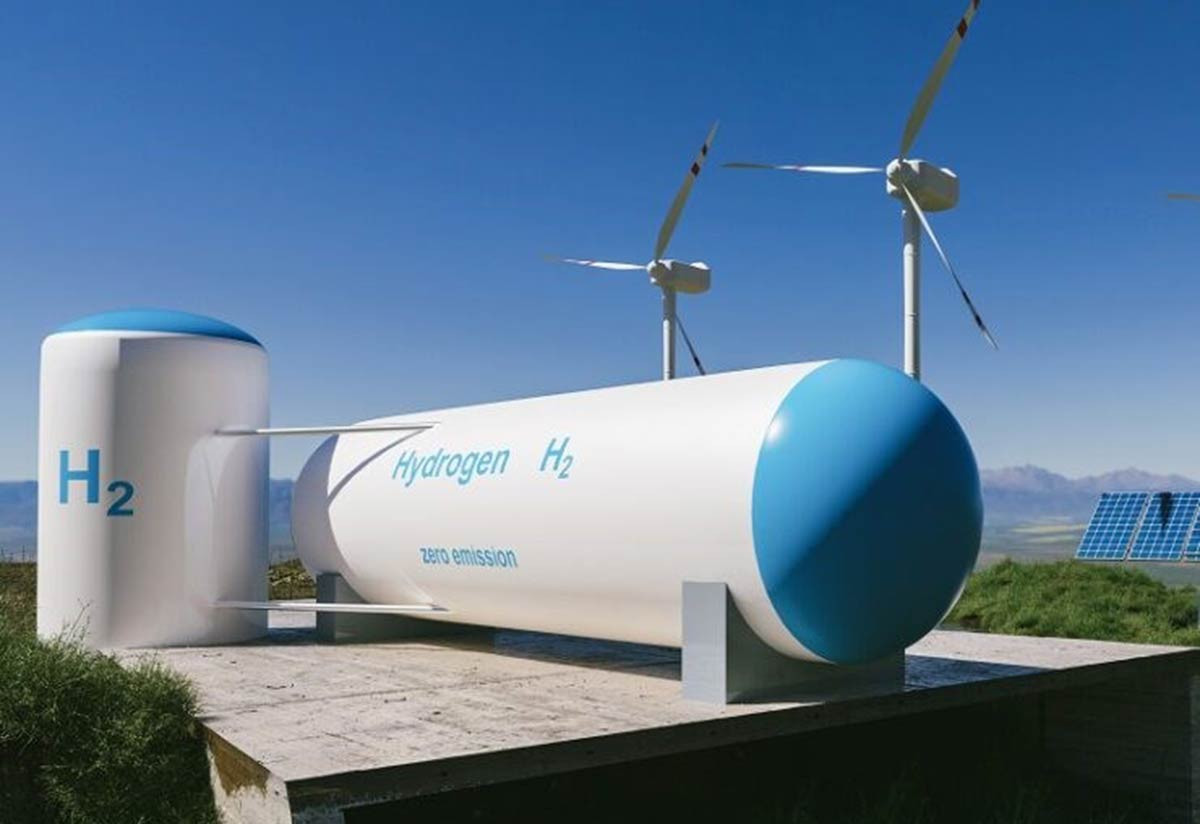
The dream of a green hydrogen economy may one day come true, but it will undoubtedly take time to develop breakthrough technologies to overcome its limitations - most importantly, building a robust economic foundation.
In recent years, hydrogen has been promoted as a potential candidate for a low-emission economy, with hydrogen as the primary energy source - a cornerstone of the so-called "hydrogen economy."
Idealists often claim that hydrogen, as a fundamental element of water (H₂O), is virtually limitless in the oceans, and producing green hydrogen is as simple as electrolyzing water using solar power - an inexhaustible natural resource. Hydrogen has an energy density of 120 MJ/kg, three times higher than gasoline (45 MJ/kg).
Moreover, hydrogen has an absolute advantage: when burned, it produces only water rather than greenhouse gases like other fuels.
If it were that simple, it would mean that all we need is "water and sunlight" to establish a hydrogen economy in the future.
While the dream is captivating, the path to achieving a hydrogen economy is fraught with challenges and obstacles that are difficult to overcome. This article aims to thoroughly analyze those challenges.
Hydrogen production and utilization
Although hydrogen is one of the most abundant elements on Earth, it mainly exists in natural compounds. Only a tiny amount of free hydrogen is found in the upper atmosphere due to its lightness.
Globally, around 100 million tons of hydrogen are produced annually, with China accounting for about 35 million tons. Notably, approximately 99% of the world's hydrogen is produced from methane (CH₄) through steam reforming at temperatures of 800-900°C using a nickel catalyst. The reaction process is as follows:
Initial reaction: CH4+H2O→CO+3H2CH₄ + H₂O \rightarrow CO + 3H₂
Secondary reaction: CO+H2O→CO2+H2CO + H₂O \rightarrow CO₂ + H₂
Depending on the carbon dioxide emissions associated with each production method, hydrogen is categorized by color:
Grey hydrogen: Produced via methane reforming with high CO₂ emissions.
Blue hydrogen: Produced via methane reforming with carbon capture.
Green hydrogen: Produced via water electrolysis using renewable energy.
Challenges facing hydrogen economy
1. High production, storage, and transportation costs
Producing hydrogen through water electrolysis requires pure water - 9 kg of pure water per 1 kg of hydrogen. Electrolyzers are expensive and bulky. Due to hydrogen's low density, it must be liquefied or compressed for transportation, requiring immense pressure (around 730 bar) and extremely low temperatures (-253°C).
Moreover, hydrogen causes metal embrittlement, making storage tanks and pipelines expensive as they must be made from specialized materials. These factors significantly increase hydrogen’s overall cost.
2. Low energy density by volume
While hydrogen has a high energy density by weight (120 MJ/kg), its low density results in an energy density by volume of only 8,496 MJ/m³, compared to gasoline’s 33,750 MJ/m³. This means that hydrogen-powered vehicles would need fuel tanks four times larger than gasoline vehicles to cover the same distance - an impractical solution for most transport applications.
3. Low energy conversion efficiency
To demonstrate this inefficiency, let's compare the energy usage of an electric car (using a lithium battery charged by solar power) and a hydrogen-powered car, both utilizing the same solar energy.
Assuming:
Electric car (VF e34) requires 42 kWh to travel 318 km.
Gasoline car (Vios) consumes 6 kg of gasoline per 100 km.
Using 42 kWh of solar power, 0.84 kg of hydrogen can be produced, equivalent to 2.24 kg of gasoline. However, this would only allow a hydrogen car to travel about 37.3 km, while the electric car would cover 318 km—demonstrating that hydrogen vehicles are roughly 8 times less efficient than battery electric vehicles.
4. Green hydrogen is not always truly green
Producing green hydrogen involves manufacturing solar panels, electrolyzers, and liquefaction equipment, all of which consume significant energy and emit greenhouse gases. Additionally, hydrogen combustion at high temperatures can produce nitrogen oxides (NOx), potent greenhouse gases.
5. High risk of explosion
Hydrogen is highly flammable with an ignition energy as low as 0.02 mJ - much lower than gasoline (0.8 mJ) or methane (0.28 mJ). Even a tiny spark can ignite it, and hydrogen fires burn with an invisible flame, making them harder to detect and extinguish. Furthermore, hydrogen’s tendency to cause metal embrittlement increases safety risks in production, storage, and transportation.
Green hydrogen is often hailed as the fuel of the future, but the reality is filled with challenges - high costs, low efficiency, complex infrastructure requirements, and reliance on renewable energy sources that are inherently unstable. These tough realities mean that hydrogen is unlikely to become a mainstream solution in the near future.
We believe that the dream of a green hydrogen economy may eventually come true, but it will require time to develop breakthrough technologies to address these challenges. Most importantly, only a robust and resilient economy can support this vision and make it a reality.
Dr. Le Hai Hung (Hanoi University of Science and Technology)